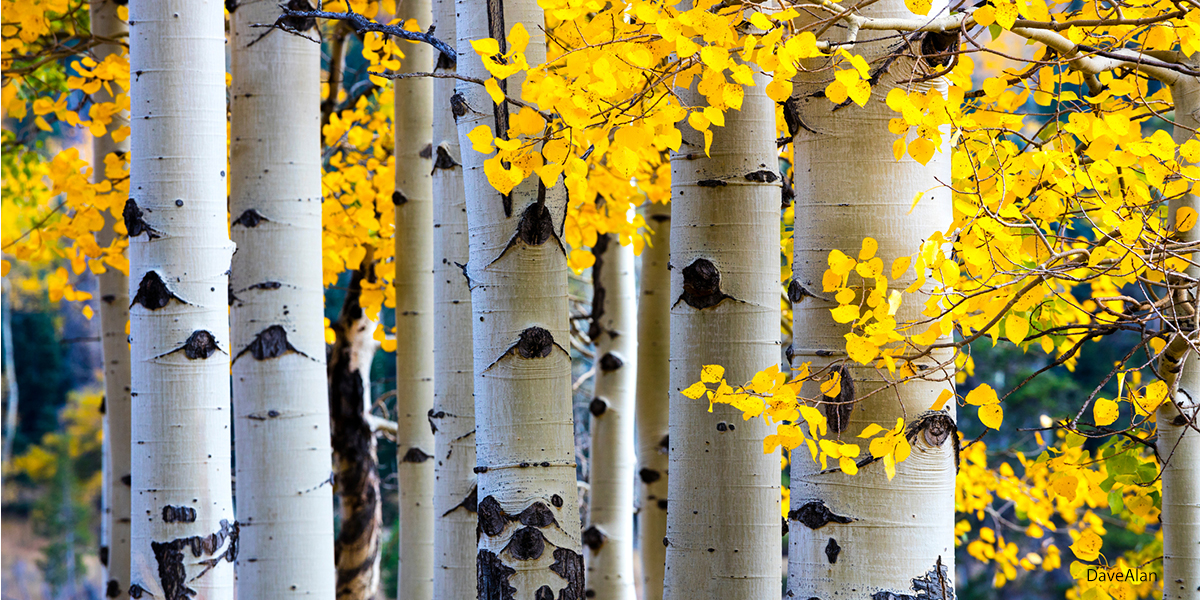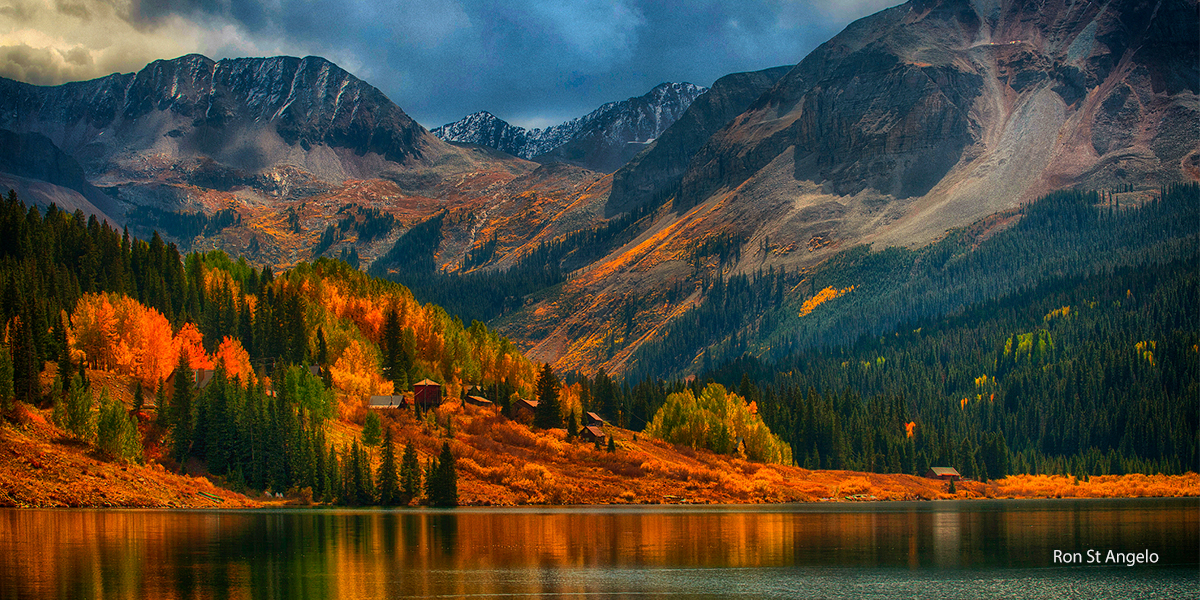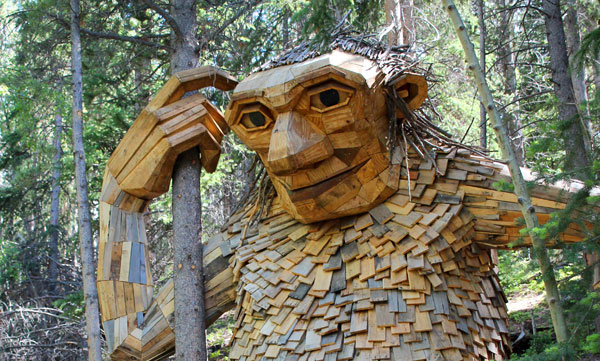Aspen Trees a Colorful Colorado Experience
Aspen Trees - Quaking
The renowned Aspen trees of Colorado (Populus tremuloides) are native to Colorado. Aspen groves prefer the higher elevations and are found between 5,000 and 12,000 feet throughout Colorado. Coincidentally, the town of Aspen is centrally located within the Rocky Mountain region of Colorado at an elevation of around 8,000 feet, making it a sweet spot for the growth of Aspen trees. The Aspen Ski Resort lands right in the town of Aspen, which brings beautiful groves of aspen trees with it. When the beloved aspen trees display golden shimmering leaves in the fall, leaf-peeping becomes a favorite activity for many sightseers and outdoor enthusiasts. Aspen, Colorado, along with various mountain towns and high elevation routes, become popular places to leaf peep. Check out these popular leaf-peeping locations and routes. Autumn is “colorful Colorado,” a time not to be missed. *Use this interactive map to understand the best times to go leaf-peeping.Aspen Trees the Name
This tree is commonly known as Aspen, but several naming variations exist, such as quaking aspen, trembling aspen, mountain or golden aspen, trembling poplar, and American aspen. The name Aspen is from the Old English word aespa, which means “shaking tree.” Aspen trees are rich with beauty. They bear a lovely smooth whitish bark marked by thick black horizontal scars and prominent black knots. The leaves are nearly round and about 1.5” - 2” in diameter. When the wind blows through aspen trees, marvelous quaking or trembling sounds can be heard. In the fall, the leaves of these deciduous trees turn a striking golden yellow with hues of red and orange. Providing a stark contrast to their white trunks and surrounding mountainscapes. They are truly a sight to behold and are a favorite subject for artists of various mediums.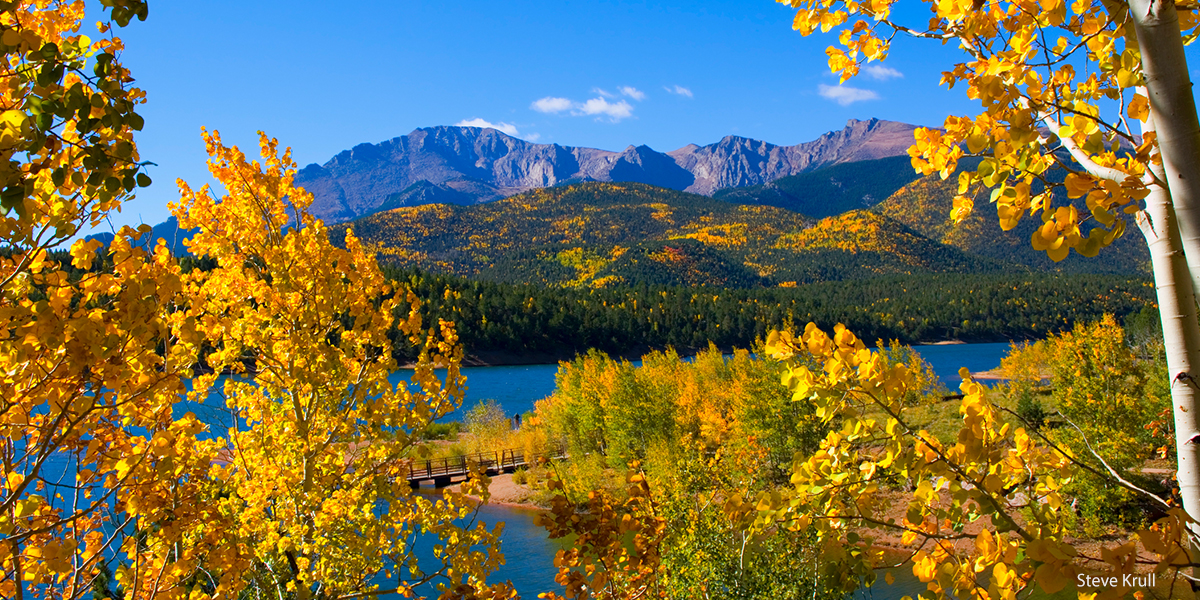
Experiencing the Golden Glow
Hiking, biking, riding your horse, taking a scenic train ride, or a mountain drive, however you travel through the golden autumn aspen groves, will result in a memorable experience. If you find groves of aspen trees in full-color bloom, you will most likely experience the transformative golden aurora. A thick, radiant golden glow will engulf you. A precious place that you don't want to leave. If your luck continues and the trees begin to quake, quiver, or tremble. The golden space you are in will increase in intensity, with twinkling golden falling leaves that scatter about the undergrowth and mark your trail ahead.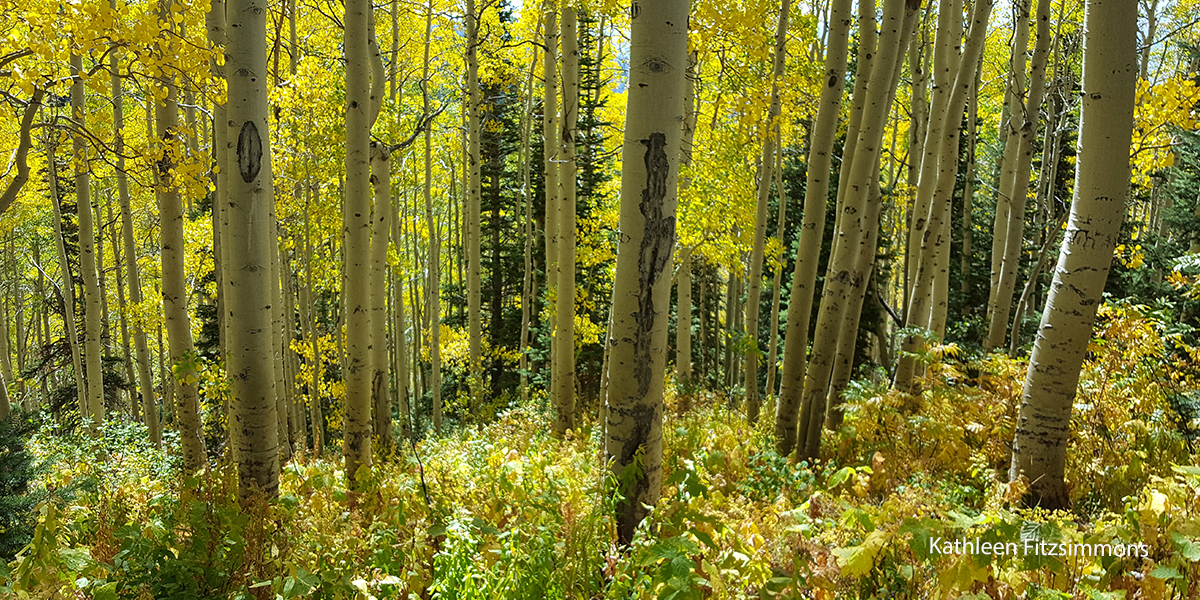
About Aspen Trees
Aspen trees live in clonal colonies; each colony has its own clone and is identified as a single organism. These colonies are connected via a single root structure, which is the primary way of propagating itself. Colonies are dioecious, which means the clones are either male or female. Female colonies produce seeds in early spring before their leaves are out. These seed pods are approximately 10cm long and embedded in cottony fluff, which helps their dispersal by wind. Their best seed production is between 50 and 70 years of age.World's Largest Organism on Earth
The Pando colony, identified in 1976 by Jerry Kemperman and Burton Barnes, is considered the heaviest and oldest living organism on Earth, at six million kilograms and around 80,000 years old. The Pando clonal organism represents an individual male aspen colony located at the western edge of the Colorado Plateau in south-central Utah. The Pando colony encompasses 108 acres.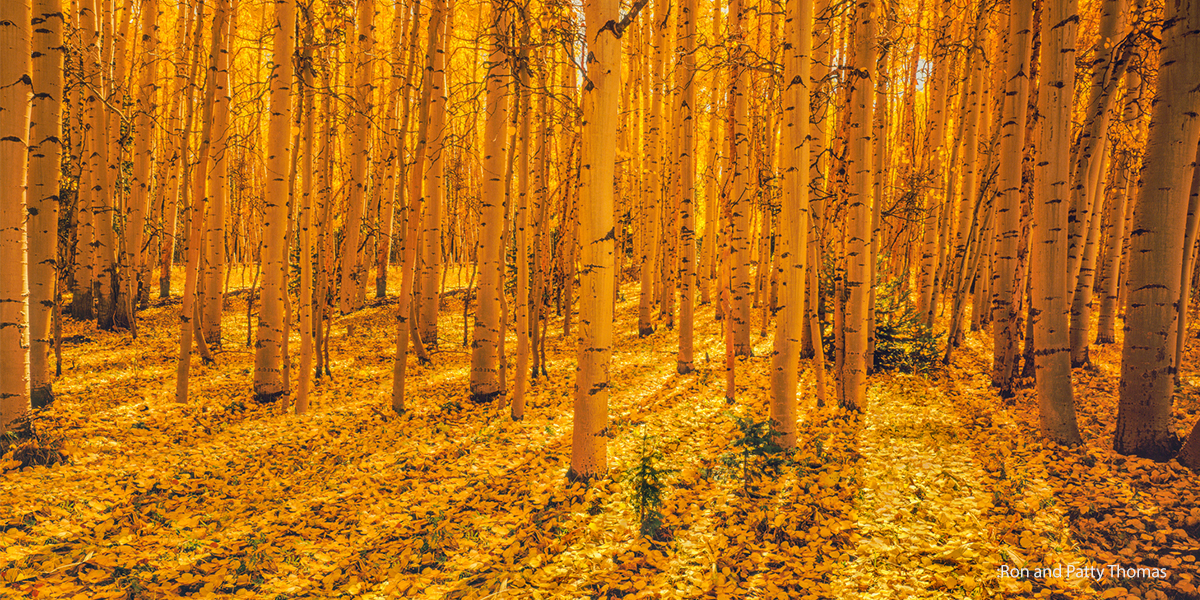
Taking in Aspen Trees of Colorado
Whatever attracts you to Colorado, Aspen trees will be there to give a friendly welcome. Their striking, humble beauty will sooner or later catch your attention. Perhaps you will find yourself picnicking under their pleasant shade, skiing through their matrix, or gazing out upon their vast forest expanse. However, you interact with Colorado Aspen trees. It will surely be an awe-inspiring moment.
by Kathleen Fitzsimmons

